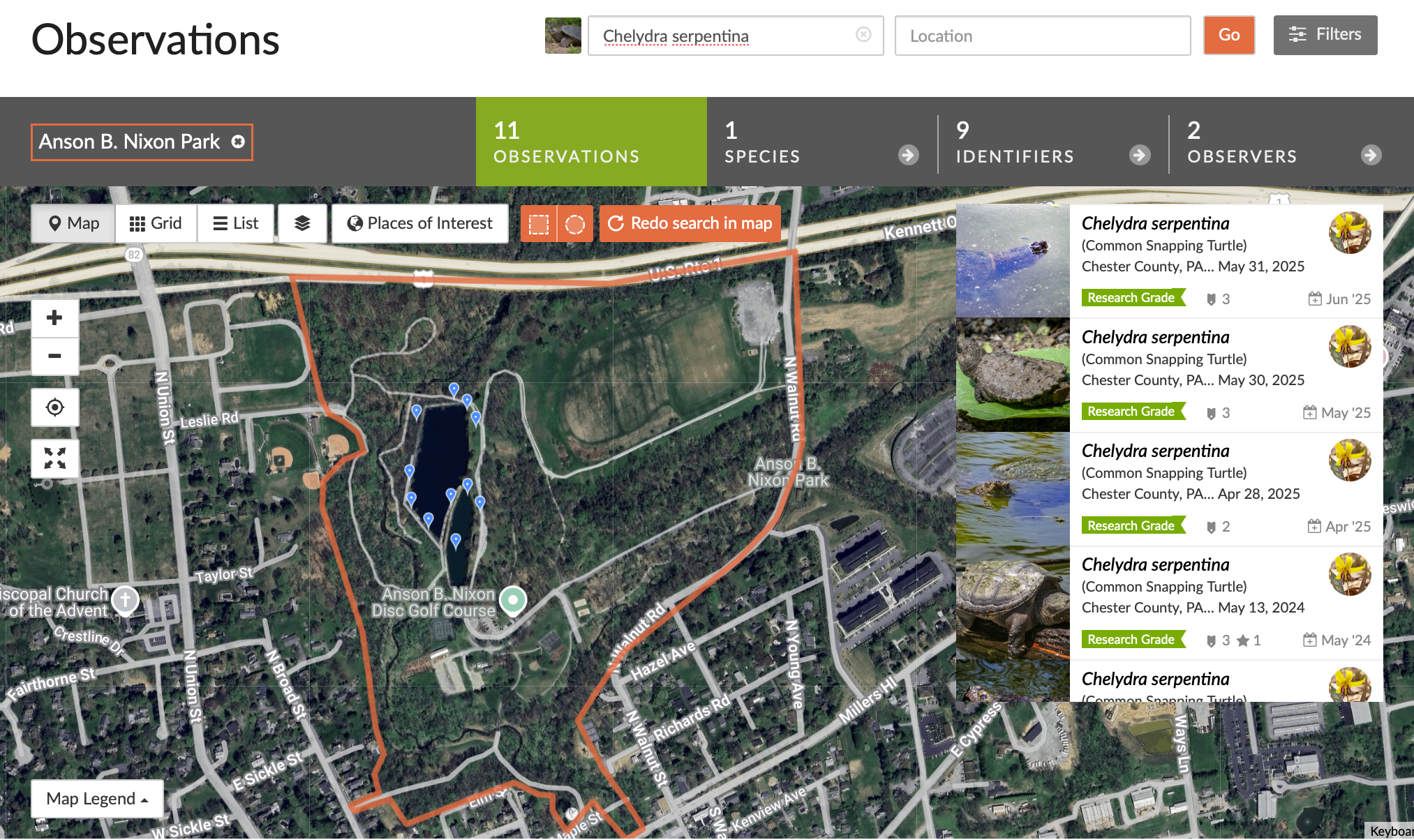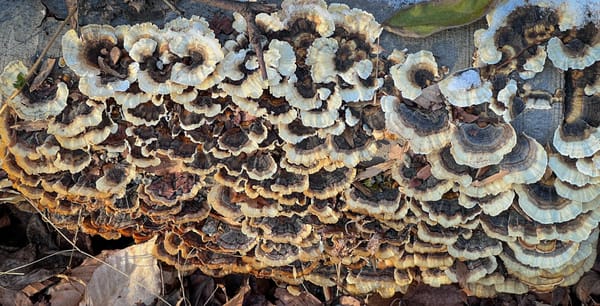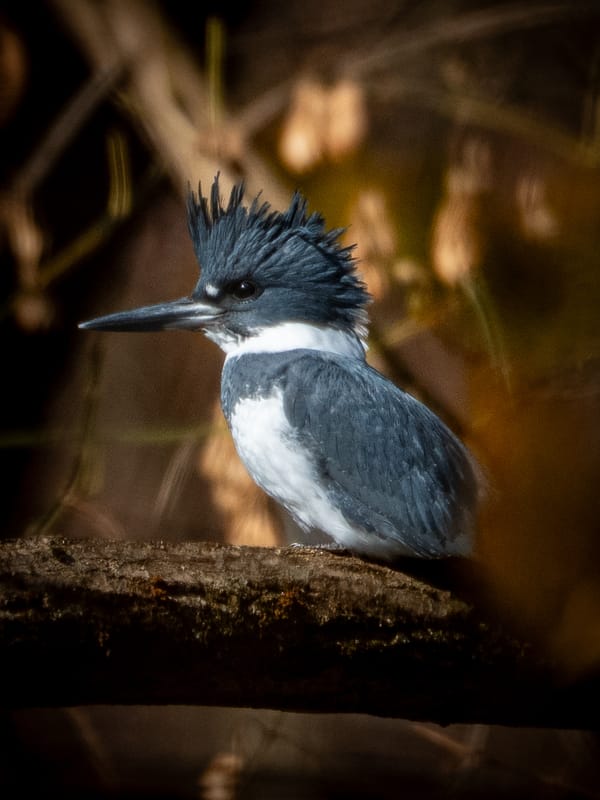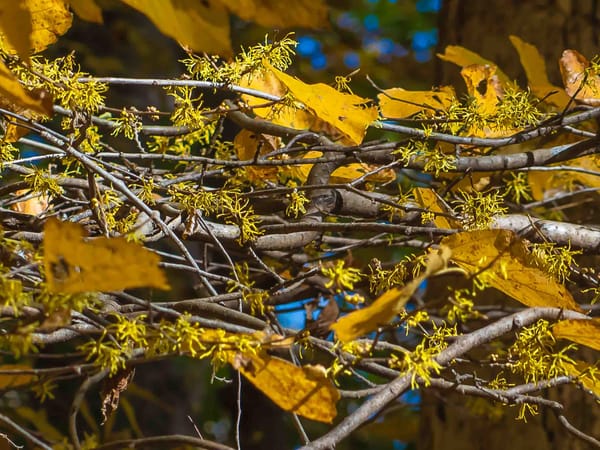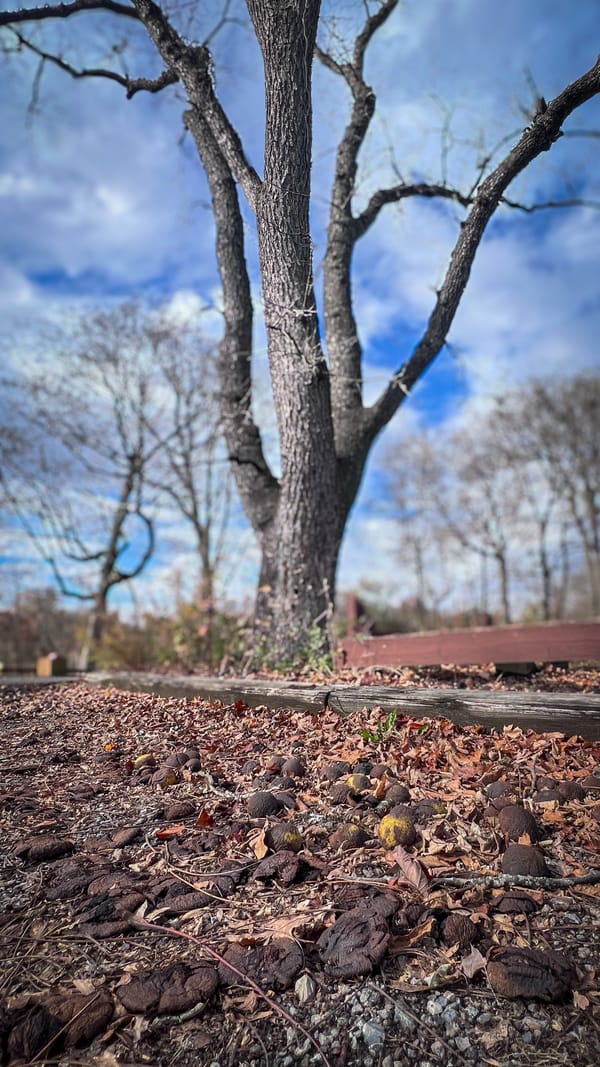Common Snapping Turtle
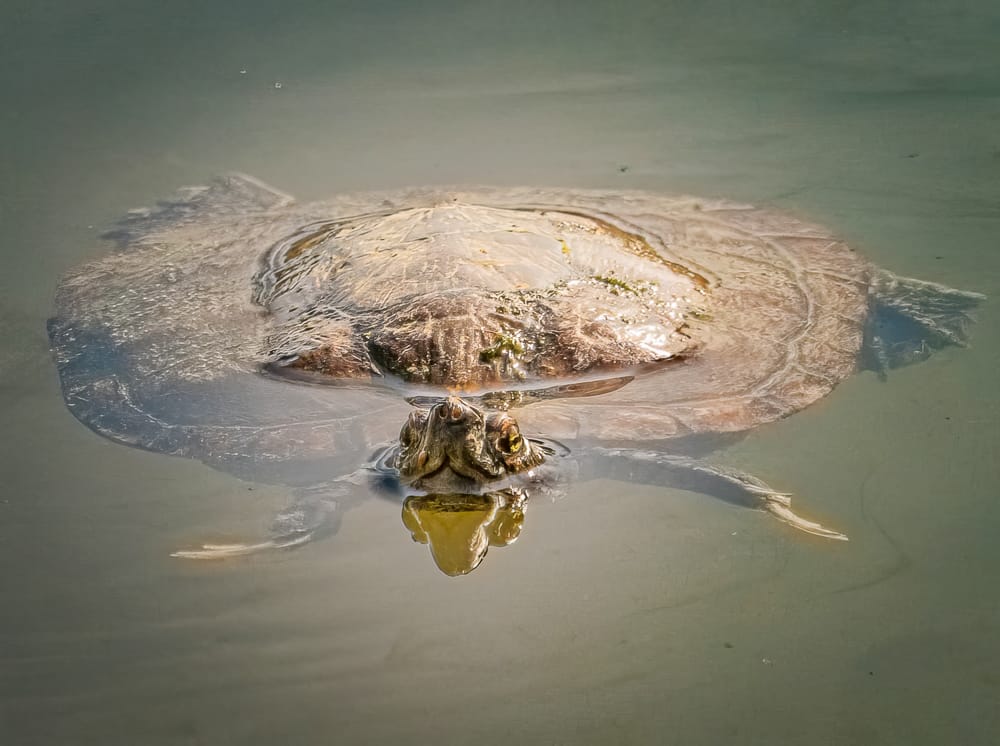
This is the first species profile in the turtle series, here's the first entry that discusses things common to all the turtles at the park with links to the other profiles.
Most of the Common Snapping Turtles (Chelydra serpentina) I've spotted at the park were floating in the ponds or foraging around the edges.
By far the biggest species or turtle at the park adults can reach well over 20 inches in length and live for 30-50 (or more) years. Their large head, and legendarily powerful jaws befit their aggressive nature. Mature snapping turtles are easily identified by their size. Smaller snapping turtles can be distinguished from other species by their longer tails and wider heads.
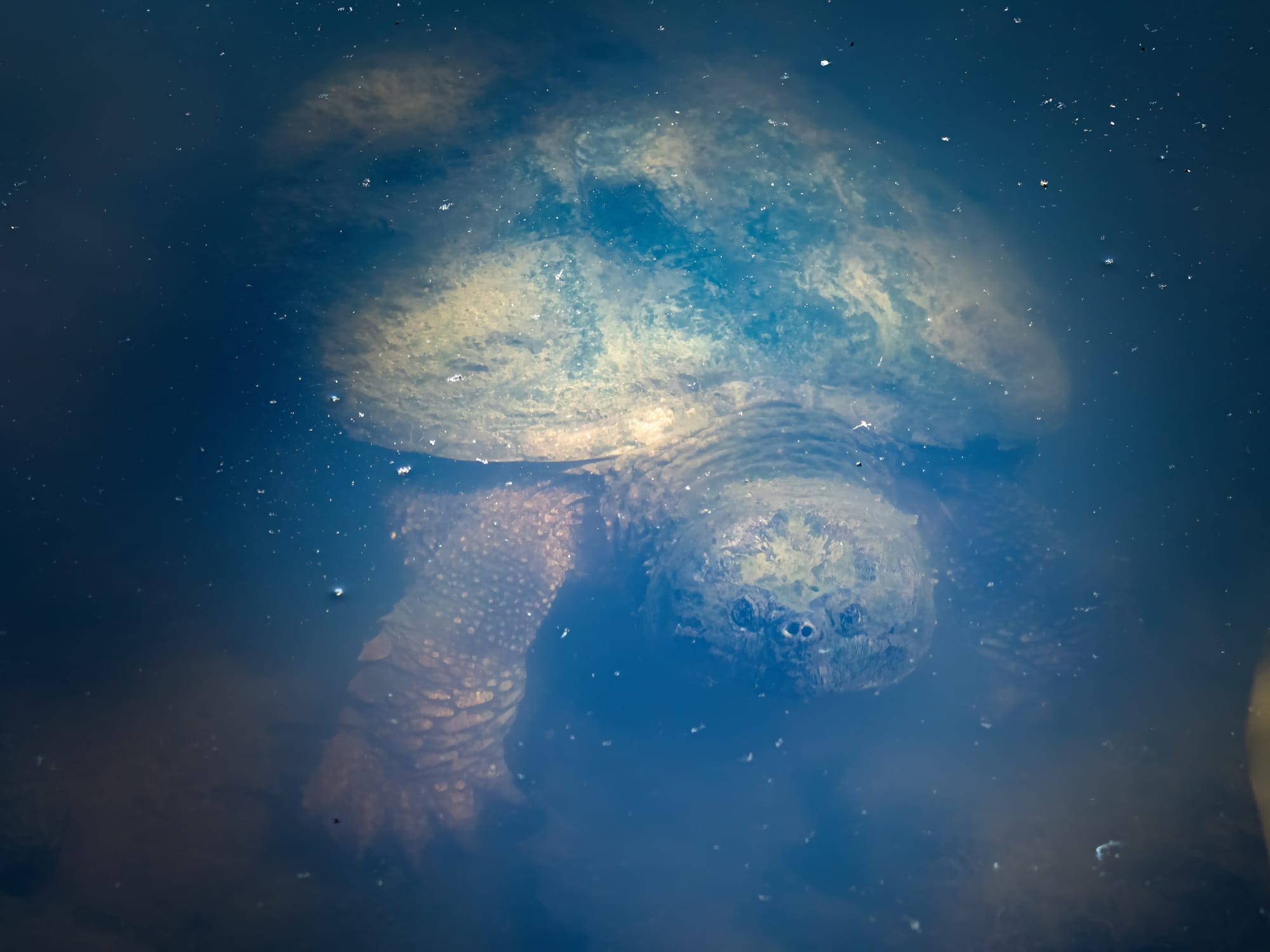
Snapping turtles are master ambush hunters. In the murky water of their habitat they employ a natural sonar system. The combined sensitivity of whisker-like barbels on their chin and neck, specialized sensory skin cells, and a sensitive inner ear supplement their eyesight. Snapping turtles lie in wait, perfectly still, partially buried in mud or hidden among plants. When they sense the vibrations of prey nearby they can strike out with lightning speed.
Opportunistic omnivores their diet that changes with age. Young feed on mostly insects, small fish, tadpoles, and invertebrates. Adults can mange larger fish, frogs, snakes, other turtles (sometimes smaller ones), birds, small mammals, aquatic vegetation, and scavenging carrion.
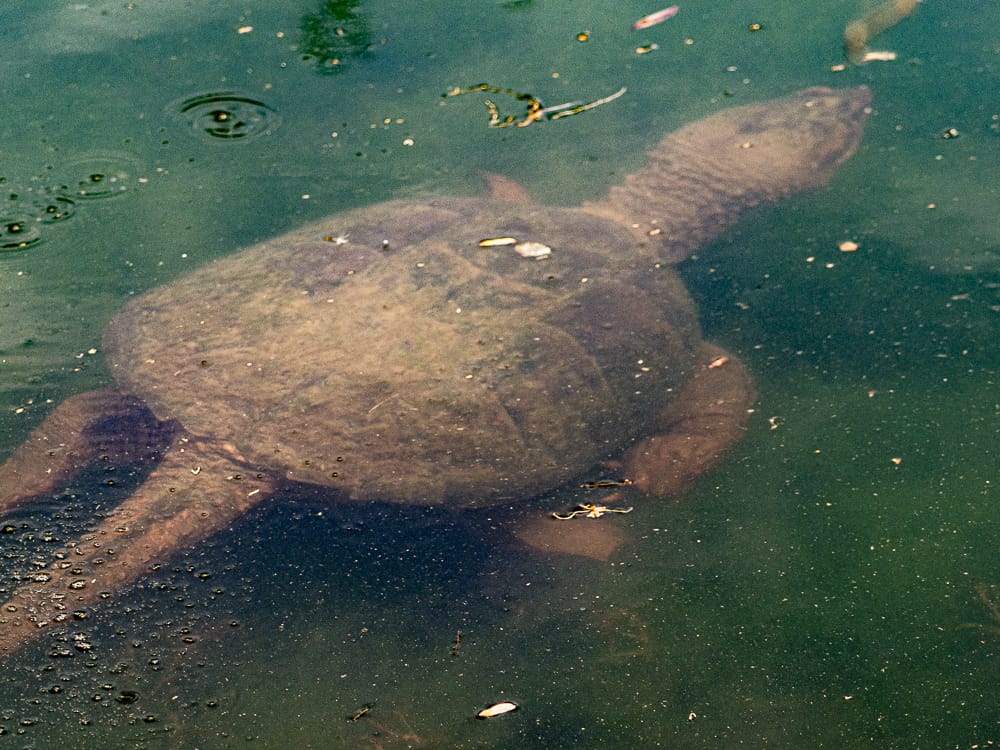
Snapping turtles in our region don't reach sexual maturity until they are 12-20 years old. Mating season lasts from April to November, peaking in late spring. Courtship involves males pursuing and biting females before mounting to mate. From May into June females seek out well-drained, sandy soil in sunny locations traveling up to a mile from the water to find a suitable nesting spot. It's not all that uncommon to encounter a snapping turtle making their way to or from a nest this time of year.
The female digs a nest cavity in the soil with their hind feet and lays 20 to 40, round, white eggs resembling ping pong balls. She then fills in the nest with well packed soil to camouflage the location and returns to the water, leaving the eggs to incubate on their own. The eggs typically incubate in 75 to 95 days, though the incubation period can range from 55 to 125 days.
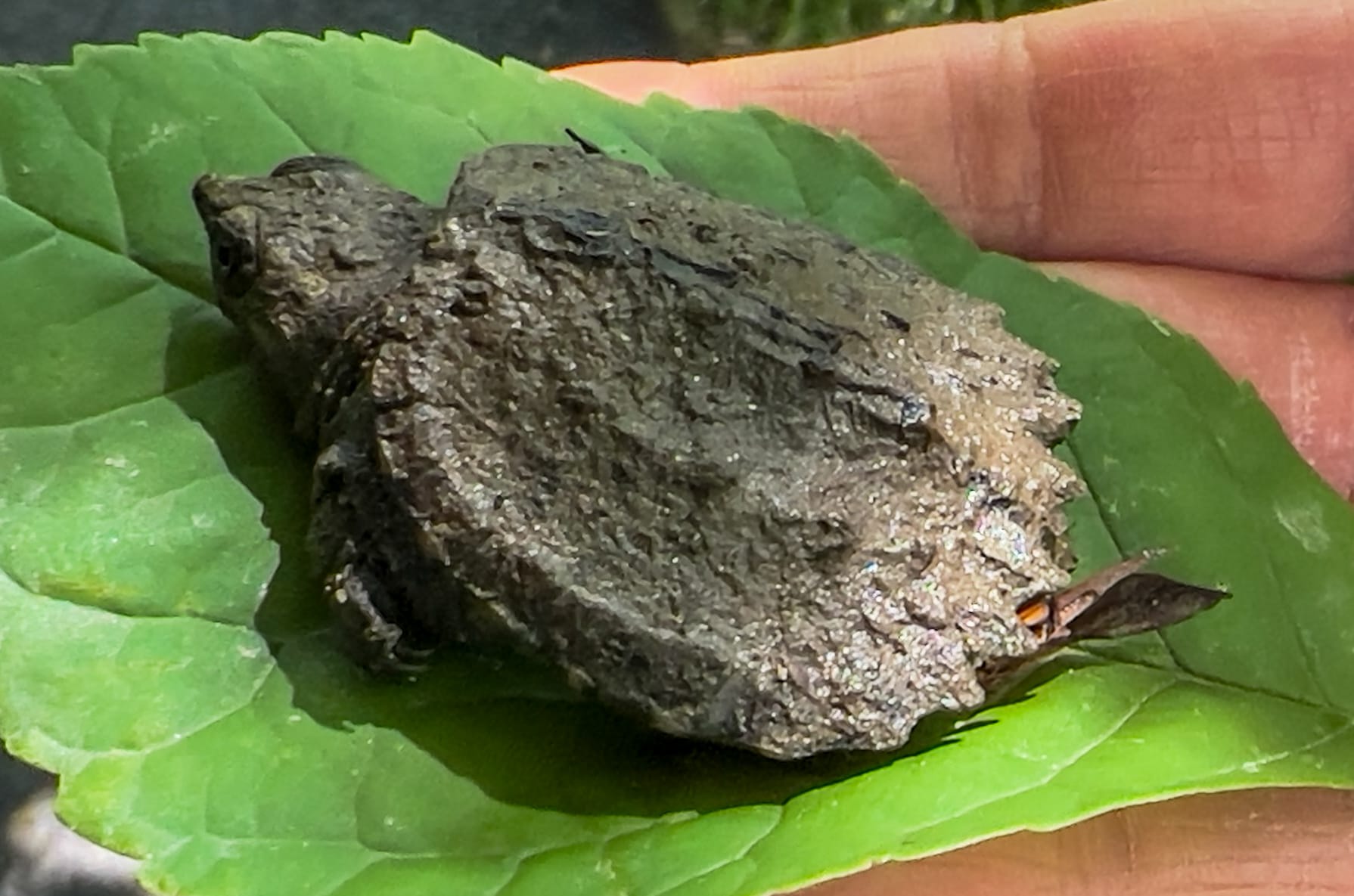
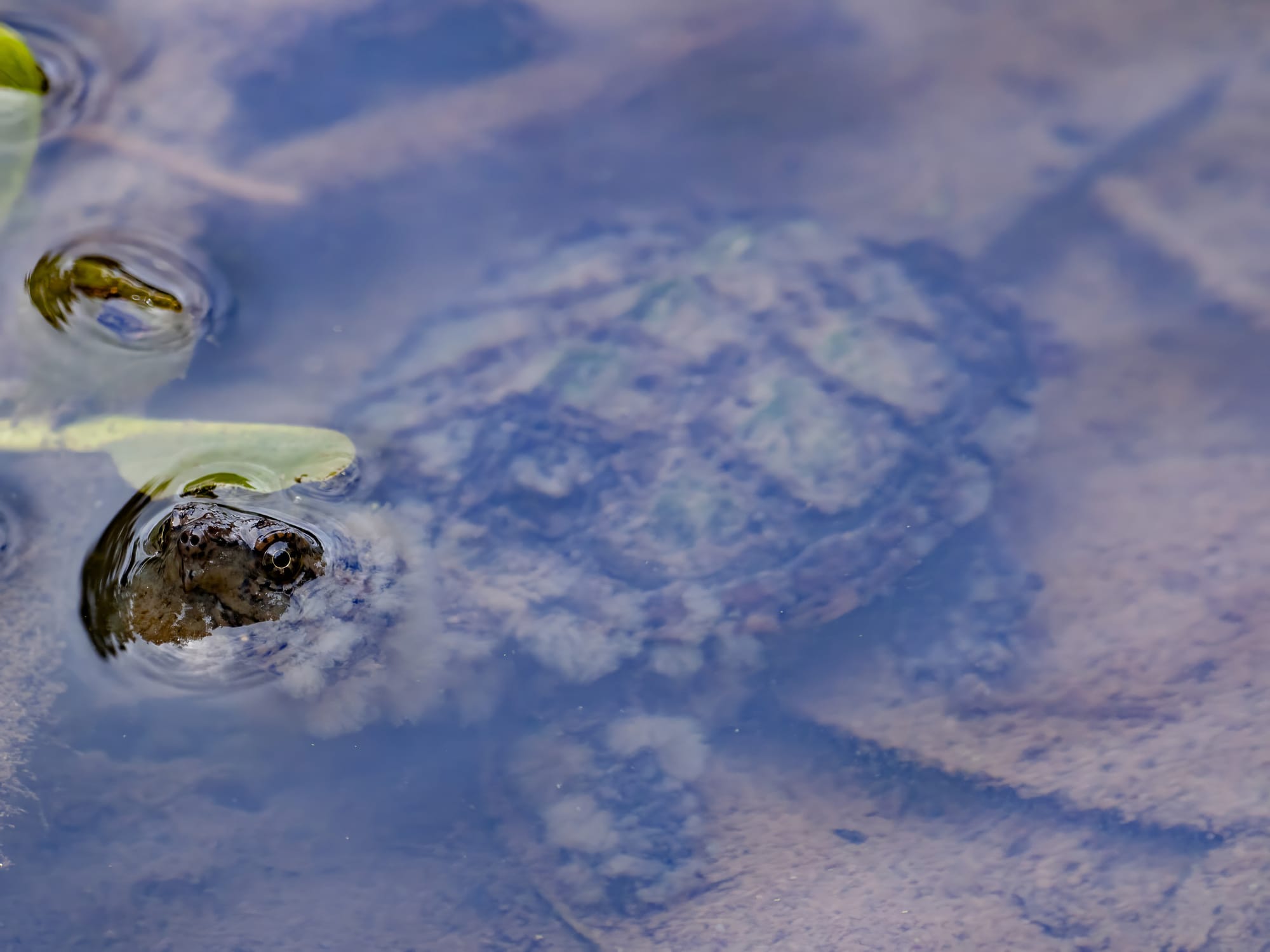
This mud-covered hatchling was on its way back to the water after emerging from a nest where it had over-wintered. Another hatchling-sized turtle in the pond. You get an idea of it's size by the maple seed near its head. The coating of algae is generally not a problem for hatchlings and can provide camouflage.
During egg incubation, the nest's temperature determines the sex of turtle hatchlings. Warmer temperatures typically lead to female offspring, cooler temperatures to males, and intermediate temperatures result in a combination of both sexes.
Hatchlings have an "egg tooth" on their snout to slit open the eggshell. Once hatched, they must make their own way to the nearest body of water. A very high percentage of snapping turtle nests and hatchlings are lost to raccoons, skunks, birds, and snakes.
